When Prostate Cancer Comes Back: What You Need to Know
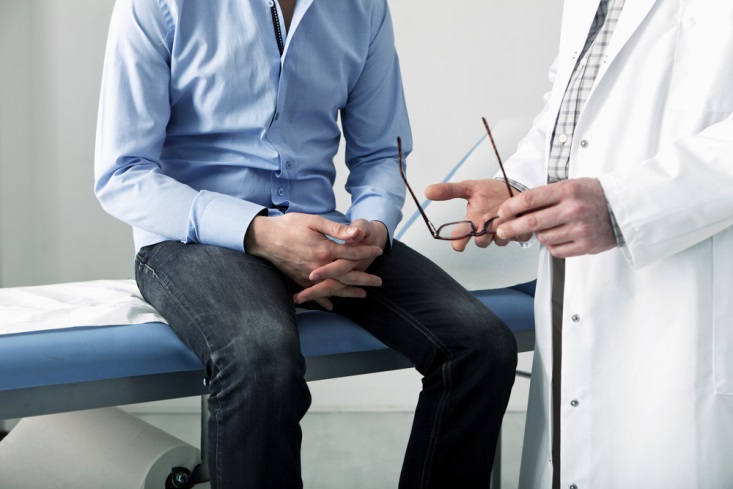 If you’ve been treated for prostate cancer successfully in the past, recurrence of your cancer is probably your worst nightmare. But you should know that prostate cancer recurrence is far from a death sentence. Most men with prostate cancer don’t die of it — even when the cancer is recurrent.
If you’ve been treated for prostate cancer successfully in the past, recurrence of your cancer is probably your worst nightmare. But you should know that prostate cancer recurrence is far from a death sentence. Most men with prostate cancer don’t die of it — even when the cancer is recurrent.
Twenty to 30 percent of men who have been successfully treated for prostate cancer will experience a relapse more than five years after treatment, even if they have received a prostatectomy. But you don’t need to rush into aggressive treatment just because your cancer has come back. The speed with which your PSA levels return and the rate at which they rise will help your doctor determine whether you should pursue aggressive treatment, or adopt a wait-and-see approach.
Does Your Recurrent Prostate Cancer Warrant Aggressive Treatment?
Most men who experience a recurrence of prostate cancer don’t need aggressive treatment, say doctors at Johns Hopkins. While a recurrence of prostate cancer sounds scary, the most common types of this cancer are slow-growing. It’s not whether or not you have a recurrence of prostate cancer, but how quickly your PSA values double in the first two years after recurrence — a factor known as PSA doubling time — that determines whether or not you should get prostate cancer treatment again right away. Other factors doctors look at to assess your need for aggressive treatment include how soon your PSA levels return after treatment, and your Gleason score.
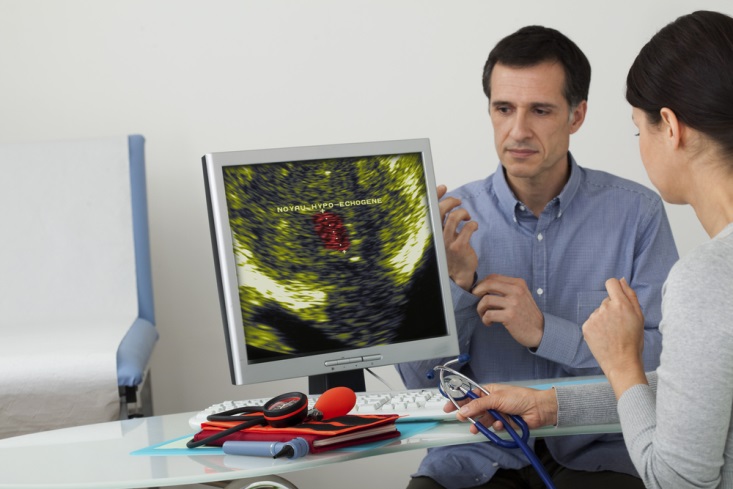 If your PSA values return within three years of treatment, your doubling time is shorter than three months, and your Gleason score is eight or above, you’re considered highest-risk and you should consider pursuing aggressive treatment for your prostate cancer. The 15 year survival rates are low — less than one percent, so aggressive further treatment is the best option.
If your PSA values return within three years of treatment, your doubling time is shorter than three months, and your Gleason score is eight or above, you’re considered highest-risk and you should consider pursuing aggressive treatment for your prostate cancer. The 15 year survival rates are low — less than one percent, so aggressive further treatment is the best option.
However, if your doubling time is longer than 15 months, your PSA values take longer than three years to return, and your Gleason score is lower than eight, you have a good chance of surviving even though your prostate cancer has returned. Men with these factors have a 94 percent rate of survival.
Coping with Prostate Cancer Recurrence
If your prostate cancer comes back, your doctor will decide, based on your specific situation, whether your cancer is aggressive and likely to spread or whether it is of the more common, slow-growing type. If you’re part of the majority of men whose recurrent prostate cancer is slow-growing, you and your doctor may decide to do nothing at first; it can be perfectly safe to wait and monitor prostate cancer, sometimes for years. Your doctor may recommend radiation therapy or chemotherapy to slow the growth of the cancer itself. Hormone therapy may help slow or stop the progression of your prostate cancer by blocking the mechanism of the male hormones that prostate cancer cells need to grow.
If you’re one of the 20 to 30 percent of men whose prostate cancer comes back after initially successful treatment, there’s good news — you still have a fairly good chance of survival. Your doctor will let you know what, if any, cancer treatment you need, so you can make the decision that’s best for you.
More
3 Ways to Make Sure Your Cancer Treatment Plan Works for You
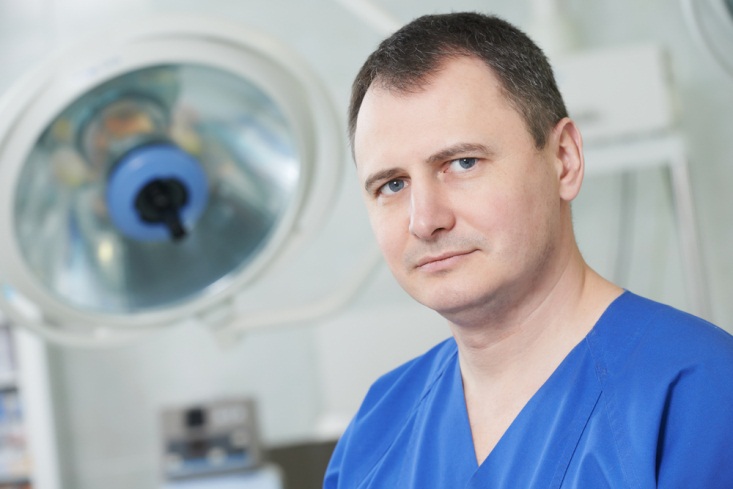 A cancer diagnosis can be one of the most overwhelming to receive, and if you’re like many patients, you may feel rushed to make decisions about your treatment. While your doctor may want you to start looking at treatment options as soon as you receive your diagnosis, you’ll most likely have some time to think things over and decide for yourself what treatment plan will work best for you. Remember that your ultimate decision doesn’t have to be set in stone — if you change your mind about treatment midway through the process, that’s okay, too.
A cancer diagnosis can be one of the most overwhelming to receive, and if you’re like many patients, you may feel rushed to make decisions about your treatment. While your doctor may want you to start looking at treatment options as soon as you receive your diagnosis, you’ll most likely have some time to think things over and decide for yourself what treatment plan will work best for you. Remember that your ultimate decision doesn’t have to be set in stone — if you change your mind about treatment midway through the process, that’s okay, too.
1) Don’t Face the Decision-Making Process Alone
Choosing a cancer treatment center and a treatment plan is a big deal, and you need support. Your doctor can offer you the support of his or her expertise, but you can also get support from friends and loved ones. A support group or counselor can also help.
It’s okay to not want to make all of your treatment decisions — many people leave some or all of these decisions up to their treatment team or a designated friend or relative. Some people don’t even want to know details about the treatment they’re receiving or their chances of survival. Alternatively, you may want the final say on any decisions regarding your treatment.
2) Choose a Hospital or Treatment Center
Whether you ultimately go with a specialized cancer treatment center, like our cancer center in Los Angeles, or a community or academic hospital is up to you. A large, specialized cancer treatment center will give you access to many different treatment methods and cancer specialists in the same building, and will make it easier for your treatment team to collaborate. However, if you live far from such an institution, a local community or research hospital may be the best choice. Some things to consider when choosing a hospital include:
- Is this hospital convenient to my home, and if not, can I afford to travel to it?
- Will I be able to undergo clinical trials at this hospital?
- Does the hospital offer support groups for me and my family?
- Will my insurance cover treatment here?
- Does the doctor who will be in charge of my treatment have a good reputation?
Research your cancer treatment options carefully, and understand the differences in treatment approach between a cancer center and a general hospital.
3) Keep Talking to Your Doctor
Your goals for and feelings about treatment may change as treatment progresses. Most cancer treatment options cause side effects that can affect your quality of life; your doctor will be more than willing to offer palliative care to help relive these side effects. 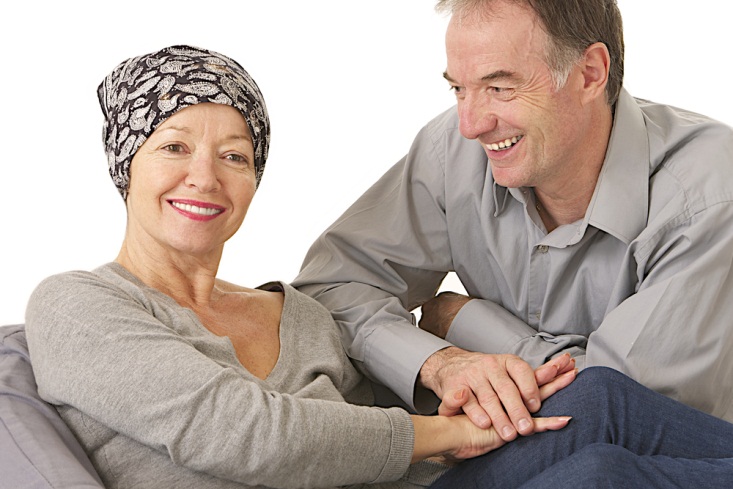 If side effects are too severe or you have second thoughts about your treatment decision, you’re allowed to change your mind. Treatment can affect your health, career, and personal life in ways you might not expect. It’s part of your treatment team’s job to help you cope with these changes.
If side effects are too severe or you have second thoughts about your treatment decision, you’re allowed to change your mind. Treatment can affect your health, career, and personal life in ways you might not expect. It’s part of your treatment team’s job to help you cope with these changes.
While making a decision about cancer treatment can be daunting, it’s not something you should have to do alone. Friends, loved ones, and a supportive treatment team can help you make the best decision for you, and help you ensure that you’re pursuing the right options throughout your treatment.
More
5 Foods You Should Eat During Cancer Treatment
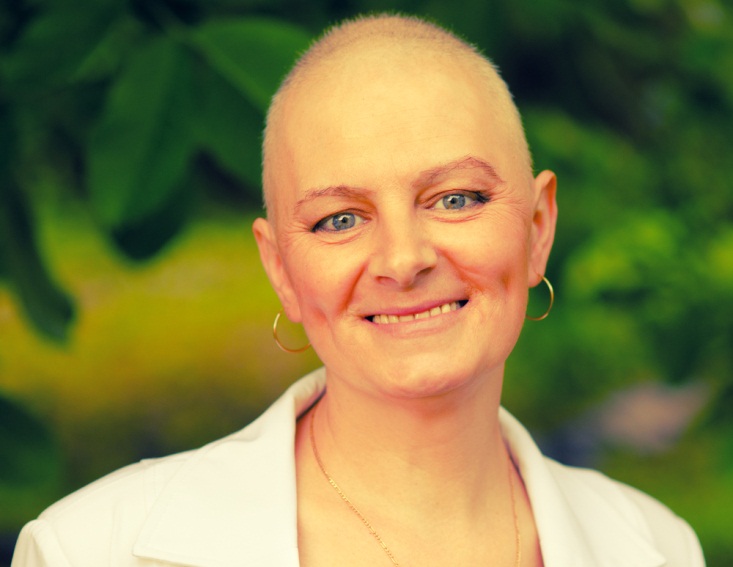 Cancer treatments can take a harsh toll on your body, and keeping your strength up isn’t easy. Getting plenty of sleep, exercising regularly, and eating well are all important parts of taking care of yourself during cancer treatment.
Cancer treatments can take a harsh toll on your body, and keeping your strength up isn’t easy. Getting plenty of sleep, exercising regularly, and eating well are all important parts of taking care of yourself during cancer treatment.
But those things are easier said than done. Eating can be especially difficult, as cancer treatment side effects can make it hard to chew, swallow, and keep down food. When you’re going through cancer treatment, focus on eating nutritious, calorie-dense foods like some of these.
Eggs
Eggs are packed with protein, making them an excellent choice for people going through cancer treatment. One egg contains seven grams of protein, about as much as an ounce of cheese, fish, poultry, or beef. Eggs also contain selenium, a mineral that could ease the side effects of chemotherapy and boost your immune system during cancer treatment. The vitamins D and E in eggs may protect your body from some of the toxic effects of chemotherapy, and may combat feelings of numbness in the hands and feet that occur due to chemotherapy.
Plus, eggs are soft and easy to chew and swallow. That’s a bonus if you’re struggling with a sore mouth and throat due to cancer treatment.
Yogurt
Another easy-to-swallow food, yogurt, contains plenty of protein and calcium for strong bones, which is especially important for women going through treatment for reproductive cancers. Just make sure you choose live-culture yogurt, since it’s these probiotics that are largely responsible for helping you stay healthy during cancer treatment. Probiotics help prevent constipation and diarrhea by supporting an appropriate balance of intestinal flora.
Broth
It’s always important to stay hydrated, but it’s even more important to do so when you’re going through cancer treatment and experiencing side effects like vomiting and diarrhea. Whether it’s beef, chicken, or vegetable broth, the salty liquid will help keep your body’s electrolytes in balance. Even a clear miso soup will do. These foods may also contain other vitamins and minerals that can help you stay healthy.
Of course, doctors recommend consuming eight to 12 cups of liquid a day to prevent dehydration during cancer treatment, and that’s a lot of broth. Popsicles, water, pasteurized juice, and sports drinks are also good ways to say hydrated during cancer treatment.
Legumes and Beans
Legumes and beans are among the most nutritious foods you can eat during cancer treatment. They’re rich in B vitamins and protein, which your body needs for everything from cell repair to immunity and healing. Beans and legumes are also high in fiber, which can help protect you from diarrhea or constipation. Peas and lentils are two of the best choices.
Vegetables and Fruits
When you’re going through cancer treatment, doctors advise filling up at least half of your plate with vegetables and fruits. Leafy green vegetables are a particularly good choice, since they’re rich in vitamins A, E, and K. They also contain a lot of iron, to keep your blood healthy. Cruciferous vegetables, like broccoli and cauliflower, contain antioxidant compounds that may stop cancer cells from growing. In one study by the National Cancer Institute, eating one to two cups of cruciferous vegetables a day caused participants to experience a 22 percent decrease in oxidative cellular damage caused by free radicals. Get more vegetables and fruits in your diet by snacking on them during the day.
Good nutrition is a vital part of cancer treatment, since it can help your body stay strong. The right foods may even fight the cancer itself. The better you’re able to eat, the more strength and energy you’ll have to draw from throughout the course of your treatment.
More
A New Study Says U.S. Lung Cancer Rates Are Falling
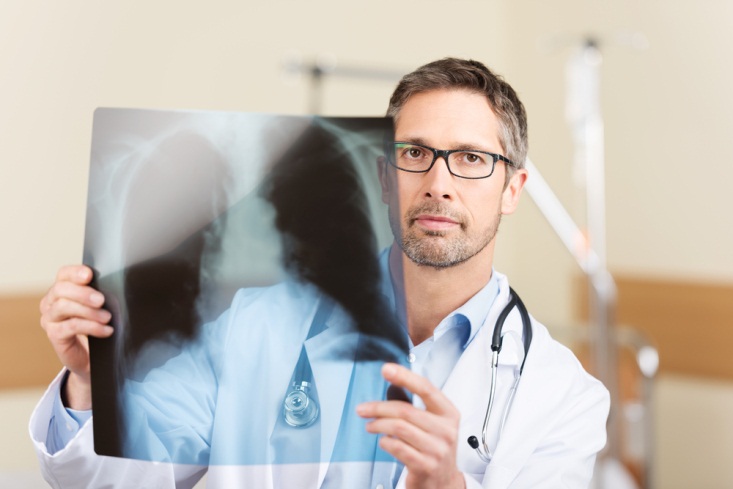 Lung cancers are the most dangerous cancers in the United States, but according to recent data from the National Cancer Institute, there’s good news — rates of lung cancer in America are falling. That may be because of increased awareness of the dangers of smoking, and increase prevalence of smoke-free public spaces. While experts have already known that lung cancer rates in America have been dropping off, this latest study gives exact figures, and information about trends in the rates of various subtypes of lung cancer. The overall number of lung cancer cases declined by 12 percent between 1977 and 2010, researchers report.
Lung cancers are the most dangerous cancers in the United States, but according to recent data from the National Cancer Institute, there’s good news — rates of lung cancer in America are falling. That may be because of increased awareness of the dangers of smoking, and increase prevalence of smoke-free public spaces. While experts have already known that lung cancer rates in America have been dropping off, this latest study gives exact figures, and information about trends in the rates of various subtypes of lung cancer. The overall number of lung cancer cases declined by 12 percent between 1977 and 2010, researchers report.
Some Subtypes of Lung Cancer on the Decline
In this latest study, National Cancer Institute researcher Dr. Denise Lewis and her team analyzed data collected from over 450,000 people diagnosed with some type of lung cancer between 1977 and 2010. The data were collected as part of the Surveillance, Epidemiology, and End Results (SEER) Program.
The researchers wanted to learn more about the rates of specific lung cancer subtypes among various ethnicities and among men as compared to women. They looked at lung cancer rates among whites, blacks, non-white Hispanics, Asians and Pacific Islanders, and white Hispanics diagnosed between 1992 and 2010. Dr. Lewis and colleagues discovered that rates of small cell and squamous cell carcinomas have dropped off significantly since the 1990s. The researchers also discovered a decline in the overall number of non-specified lung-cancer cases.
Rates of these cancers among men have dropped off much more than they have among women. It’s believed that’s because men start smoking at a younger age than women, and so begin to develop lung cancer much sooner. With time, the researchers expect male and female lung cancer rates to approach one another.
While the rates of certain lung cancers are on the decline, there’s bad news, too. Rates of at least one lung cancer subtype are increasing.
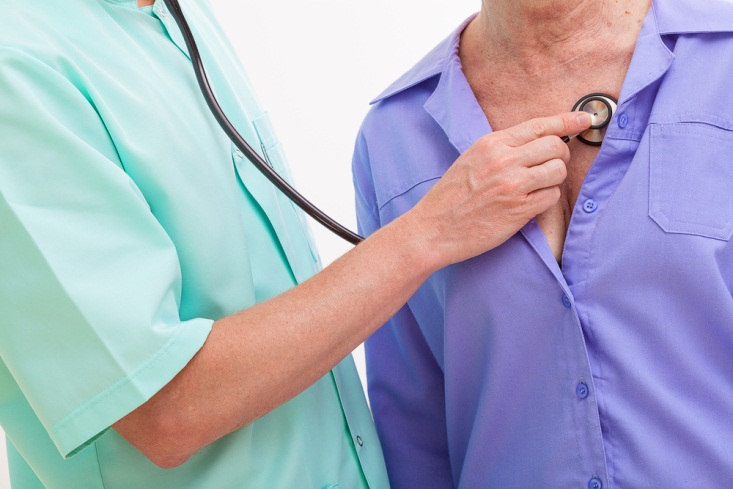 Adenocarcinomas on the Rise
Adenocarcinomas on the Rise
Rates of adenocarcinoma, a slow-growing subtype of lung cancer that appears in the outer layers of the lung tissue, are increasing. Dr. Normal Edelman of the American Lung Association believes that recent changes in the way people use cigarettes are to blame for increasing adenocarcinoma rates. In recent decades, low-nicotine, low-tar cigarettes have become more popular. People who smoke these cigarettes are more likely to smoke more and inhale the smoke more deeply, in an effort to get more nicotine out of them.
“The deeper you breathe in smoke, the more likely the cancer-causing tars are going to get into the outer area of the lungs, and that’s where adenocarcinoma starts,” Dr. Edelman told WebMD.
But since adenocarcinoma is a slower-growing form of lung cancer, it’s more likely than some subtypes to be diagnosed before it spreads outside the lungs. This means that lung cancer treatments for adenocarcinoma are more likely to be effective.
Cigarette smoking is still directly responsible for 90 to 95 percent of lung cancer cases diagnosed in the United States. It has even been called a contributing factor in cases where other carcinogens, like radon, were involved. As smoking becomes less and less common, researchers believe that lung cancer, too, will become rare.
More
What to Expect When You Have a Brain Tumor
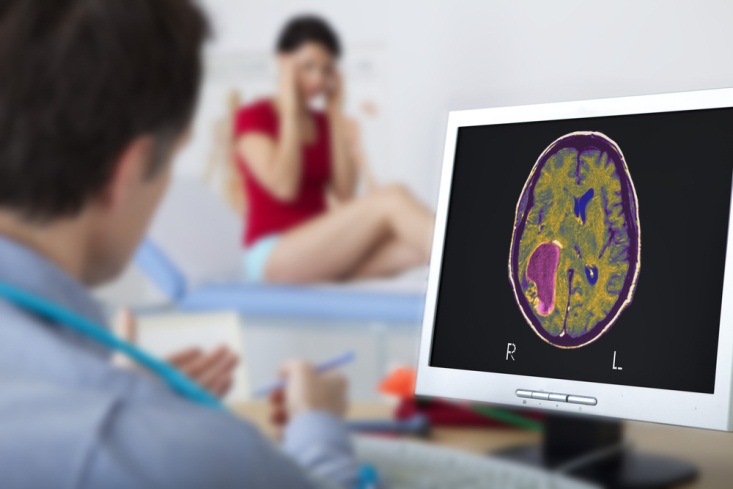 Few things are more difficult to process emotionally than a brain tumor diagnosis. Depending on where your brain tumor is located and how quickly it is growing, you can expect changes to your personality, behavior, memory, and other things you consider integral to your sense of self. Many types of brain tumors are treatable, however, and you may even be able to expect some personality and behavioral changes to reverse themselves with time.
Few things are more difficult to process emotionally than a brain tumor diagnosis. Depending on where your brain tumor is located and how quickly it is growing, you can expect changes to your personality, behavior, memory, and other things you consider integral to your sense of self. Many types of brain tumors are treatable, however, and you may even be able to expect some personality and behavioral changes to reverse themselves with time.
Your brain tumor and its treatment can also have physical side effects. Some of these changes can include fatigue, seizures, weakness and mobility problems. With time, you may recover from many of these changes, too.
Your Brain Tumor Might Affect Your Personality
Depending on its size, type, and location, a brain tumor can have a profound effect on your personality and behavior. A brain tumor in your frontal lobe, for example, could affect your intelligence, mobility, behavior, ability to use logic, personality, decision-making skills, judgment, moods, inhibitions, or planning abilities. A tumor in the temporal lobe could affect your memory, hearing, speech, vision, or emotions. Tumors in still other parts of the brain could affect everything from your involuntary bodily functions to your ability to read or hold a conversation.
Brain cancer treatment can relieve many of the symptoms of a brain tumor. Sometimes brain tumor symptoms begin to improve immediately, as the affected parts of your brain begin to regain function. Other times, however, it takes longer for symptoms to improve as other parts of your brain begin to take over the functions that the affected parts of your brain can no longer perform. You may experience some lasting effects.
Physical Consequences of a Brain Tumor
Treatment for a brain tumor can have its own side effects, such as fatigue. Targeted radiation therapy can help you achieve recovery with minimal side effects. However, your brain is the command center of your body, and you may continue to feel the physical consequences of a brain tumor for some time after you achieve remission. Some of the physical effects of a brain tumor include:
- Weakness on one side of the body, or in one limb
- Mobility problems
- Seizures
- Trouble understanding language or carrying on a conversation
There are many types of brain tumors and no two cases are the same. Your doctor can give you a clearer picture of what physical complications you can expect.
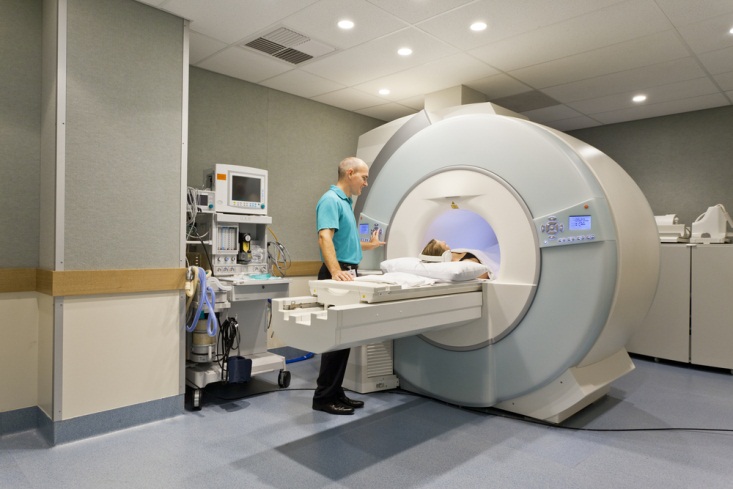 Coping With Your Emotions After a Brain Tumor Diagnosis
Coping With Your Emotions After a Brain Tumor Diagnosis
Many people experience fear, anxiety, grief, and other powerful emotions after being diagnosed with a brain tumor. Even people who have successfully recovered from a brain tumor might experience lingering anxiety or depression due to the lasting complications of the tumor. If your brain tumor has made it difficult to carry on a conversation, you may try to cope by avoiding social contact. Anxiety and depression about neurological changes can make them seem worse than they are, however, and make it harder to cope.
Occupational therapy and speech or language therapy can help you regain your practical abilities, but psychotherapy may be necessary to help you cope emotionally with the ramifications of your brain tumor. Make sure you find a therapist who has experience working with brain tumor patients.
A brain tumor diagnosis can cause some unexpected and often frightening changes in your personality and behavior as well as your physical and cognitive abilities. But the brain is a remarkable organ, and with treatment, many people are able to regain most or all of their former abilities.
More
 If you’ve been treated for prostate cancer successfully in the past, recurrence of your cancer is probably your worst nightmare. But you should know that prostate cancer recurrence is far from a death sentence. Most men with prostate cancer don’t die of it — even when the cancer is recurrent.
If you’ve been treated for prostate cancer successfully in the past, recurrence of your cancer is probably your worst nightmare. But you should know that prostate cancer recurrence is far from a death sentence. Most men with prostate cancer don’t die of it — even when the cancer is recurrent. If your PSA values return within three years of treatment, your doubling time is shorter than three months, and your Gleason score is eight or above, you’re considered highest-risk and you should consider pursuing aggressive treatment for your prostate cancer. The 15 year survival rates are low — less than one percent, so aggressive further treatment is the best option.
If your PSA values return within three years of treatment, your doubling time is shorter than three months, and your Gleason score is eight or above, you’re considered highest-risk and you should consider pursuing aggressive treatment for your prostate cancer. The 15 year survival rates are low — less than one percent, so aggressive further treatment is the best option.





 Adenocarcinomas on the Rise
Adenocarcinomas on the Rise
